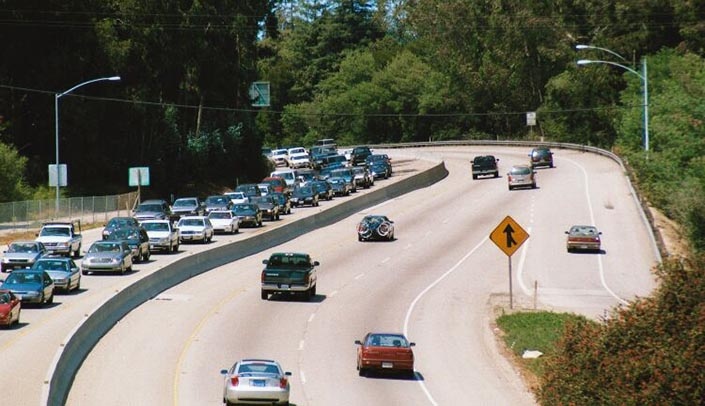You usually can’t see it, but the Omaha-Council Bluffs metro area has a problem with air quality, especially during the warmer spring and summer months. It is ground-level ozone.
When working, playing or exercising outside, the quality of the air we breathe affects the health of our families, which affects the strength of our businesses and future economic development.
Ozone located six miles up in the second layer of the atmosphere helps protect us from harmful UV rays. Ozone at ground-level is a pollutant that damages our health, especially for people who already have heart and lung conditions. Ground-level ozone forms when nitrogen oxides from fuel combustion combine with volatile organic compounds, such as fumes from gas and other solvents, and “cook” in the summer heat. Vehicle emissions are one of the leading creators of ground-level ozone.
Ground-level ozone can cause a variety of health problems, but it tends to affect children, the elderly, people who work or spend large quantities of time outdoors, and anyone with a lung ailment, especially asthma. Ground-level ozone also has negative health effects on pets and can damage plants and ecosystems.
On Oct. 1, 2015, the Environmental Protection Agency (EPA) issued new air quality standards and tightened the ozone standard. But on an average hot day, the Omaha-Council Bluffs metropolitan area is close to exceeding this new standard for ground-level ozone. If the metro area air quality falls below federal standards, known as being in “non-attainment,” it will result in stricter pollution controls, including increased car ownership costs, vehicle inspections, more industry regulation and increased paperwork and reporting for businesses.
The Metropolitan Area Planning Agency (MAPA) runs the “Little Steps. Big Impact.” campaign that aims to raise awareness about the ozone problem through education.
Just because you can’t see ground-level ozone doesn’t mean it isn’t there.
By considering the consequences and taking small steps, together we will make a big difference in air quality. This means having a real impact on adult and child respiratory issues, which can reduce health costs.
One of the easiest ways to help is to sign up for TravelSmart. It’s free, we provide a free emergency ride home, free bus passes, free parking for carpoolers (in existing lot or better!), you can keep your parking permit if you want, and there’s no minimum use requirement.
For more tips to reduce ground level ozone, see the sidebar at right.
